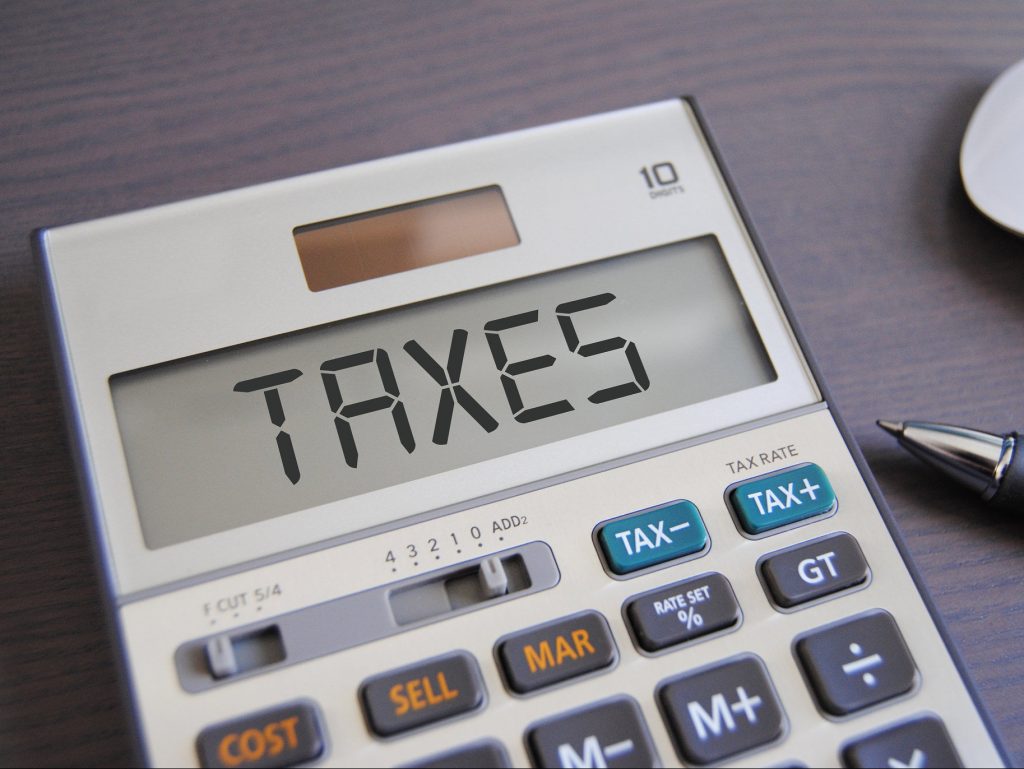The Trump tax plan capped the amount of state and local taxes (SALT) individuals could deduct from their income for the purposes of the federal income tax. Many liberals were angered by the SALT cap because it seemed to target Democratically-controlled states that have higher levels of state income and property tax. This anger then pushed some policy folks to concoct elaborate schemes states could use to circumvent the SALT cap.
Arthur Delaney and Daniel Marans have a piece at the Huffington Post that discusses the many snags that these schemes have run into. I am quoted near the end:
If blue-state lawmakers are concerned that the reduced SALT deduction will turn influential, upper-middle-class taxpayers against generous state spending on schools and roads, they could simply reduce state taxes on those households and make up the difference with tax hikes on “even richer people,” Bruenig said.
I want to elaborate on this point here since I left it out of my January piece on this subject.
Trump Tax Cuts Increase Blue State Fiscal Capacity
People mad about the SALT cap point out that there is a narrow band of upper middle class people in blue states who will end up paying more in federal taxes than they used to. I think sometimes people mistakenly conclude from this that blue states as a whole will wind up paying more in federal taxes than they used to. But this is not the case.
The Trump tax cuts are so large that blue states will almost certainly pay less in federal taxes going forward than they used to pay, even after counting the higher taxes paid by those dinged by the SALT cap. Precise state-level estimates are hard to come by, but ITEP released a 50-state report that reaches this fairly obvious conclusion.
The fiscal capacity of state and local governments to tax can be summed up in the following equation:
Fiscal Capacity = Aggregate Personal Income – Aggregate Federal Taxes Paid
Since Aggregate Federal Taxes Paid are going down for states like New York and California, the fiscal capacity of their state and local governments is larger than it was before. That is, blue states have more money available to tax and spend after the Trump tax plan than they had before the Trump tax plan.
This does not mean that the bill is good. In fact, quite the opposite: since state and local governments are worse at spending money than the federal government, shifting fiscal capacity towards them is bad. But for the narrow point at hand, all that really matters is that the fiscal capacity of blue state governments is actually expanded by the Trump plan, not shrunk.
Fix the Distributive Problem
The real question for states is how to distribute the benefits of the Trump tax cuts among the residents of their states. People mad at the SALT cap seem to think those cuts are distributed in a way that is unfair to the upper middle class (indeed many in the upper middle class will see a hike not a cut). I don’t necessarily agree with them on that, but if that is their view, then the easiest thing for them to do is offset that distributive problem by reforming their own state income tax code.
If you think the new federal tax regime is too hard on upper-middle class people in your state, then cut state taxes on upper-middle class people and increase state taxes on people in your state who are actually benefitting from the Trump tax plan, such as the very rich. Put simply, if you don’t like the way the federal tax burden in your state was redistributed, you can offset it by redistributing the state tax burden. Raise taxes on people who are flush with more cash because of the Trump plan and cut them on those who take a hit because of the Trump plan.
It’s understandable that people angered by the SALT cap would immediately try to think of ways to directly go after that cap. But in this case, I think that psychological tendency has led them down the wrong road. There is no need to construct elaborate bank shots that try to specifically undermine the cap when you can much more easily just move the state tax burden around and achieve the same distributive result.

